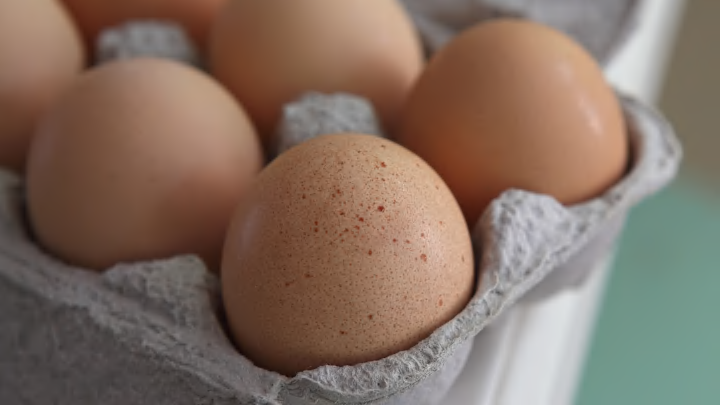High in protein, rich in vitamins, and low in fat, eggs have long been considered the ideal low-cost food and a cornerstone of breakfast tables. As recently as 2021, a dozen of Eggland’s Best could be had for as little as $2; other brands cost even less. Today those same eggs can go for $7 and beyond. Some are even blaming eggs as the exclusive reason your grocery bill is giving you sticker shock. So what happened?
According to The New York Times, the principal driver of egg inflation has been a marked increase in the industry’s infrastructure. The costs of packaging, transportation, and animal feed has exploded, raising expenses for egg suppliers.
The other problem: bird flu. An outbreak has affected tens of millions of hens in multiple states, leading to a 5 percent decrease of avian “workers.” In data supplied to The Times by the U.S. Department of Agriculture, domestic egg supply has been reduced by an average of 7.5 percent for each of the last 10 months.
“The flu is the most important factor affecting egg prices,” Maro Ibarburu, a business analyst at Iowa State University's Egg Industry Center, told The Washington Post. “This outbreak, in terms of egg-laying hens, we lost 10 million more egg-laying hens than the last outbreak in 2015.”
Is there an end in sight? There are some signs of avian flu abating, but the contagious illness can be hard to predict. And while sick hens can be replaced, it’s time-consuming to sanitize facilities affected by outbreaks; hens may also not reach their peak output (24 eggs per month) for four or five months. For now, it looks like exorbitant eggs prices are here to stay.
[h/t Food & Wine]
